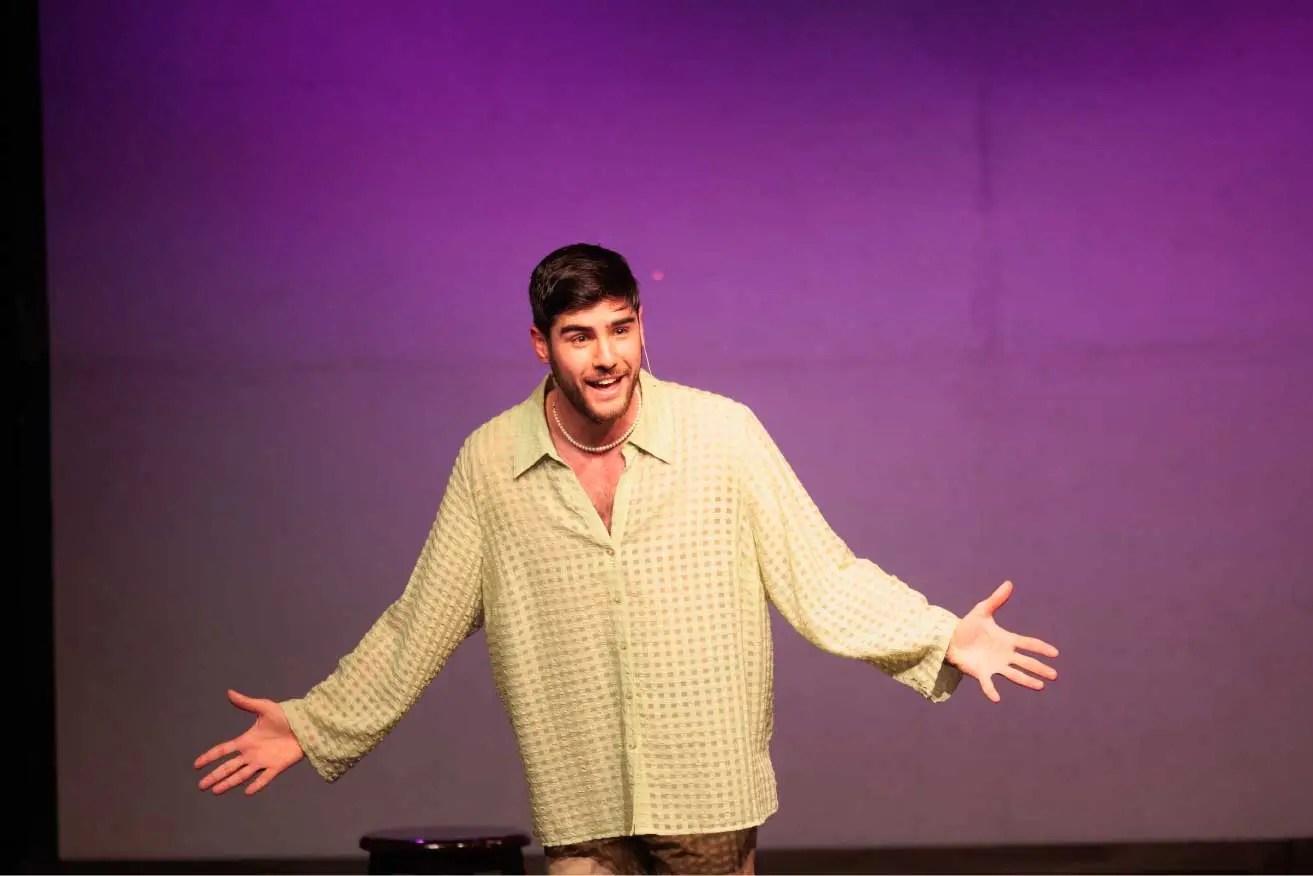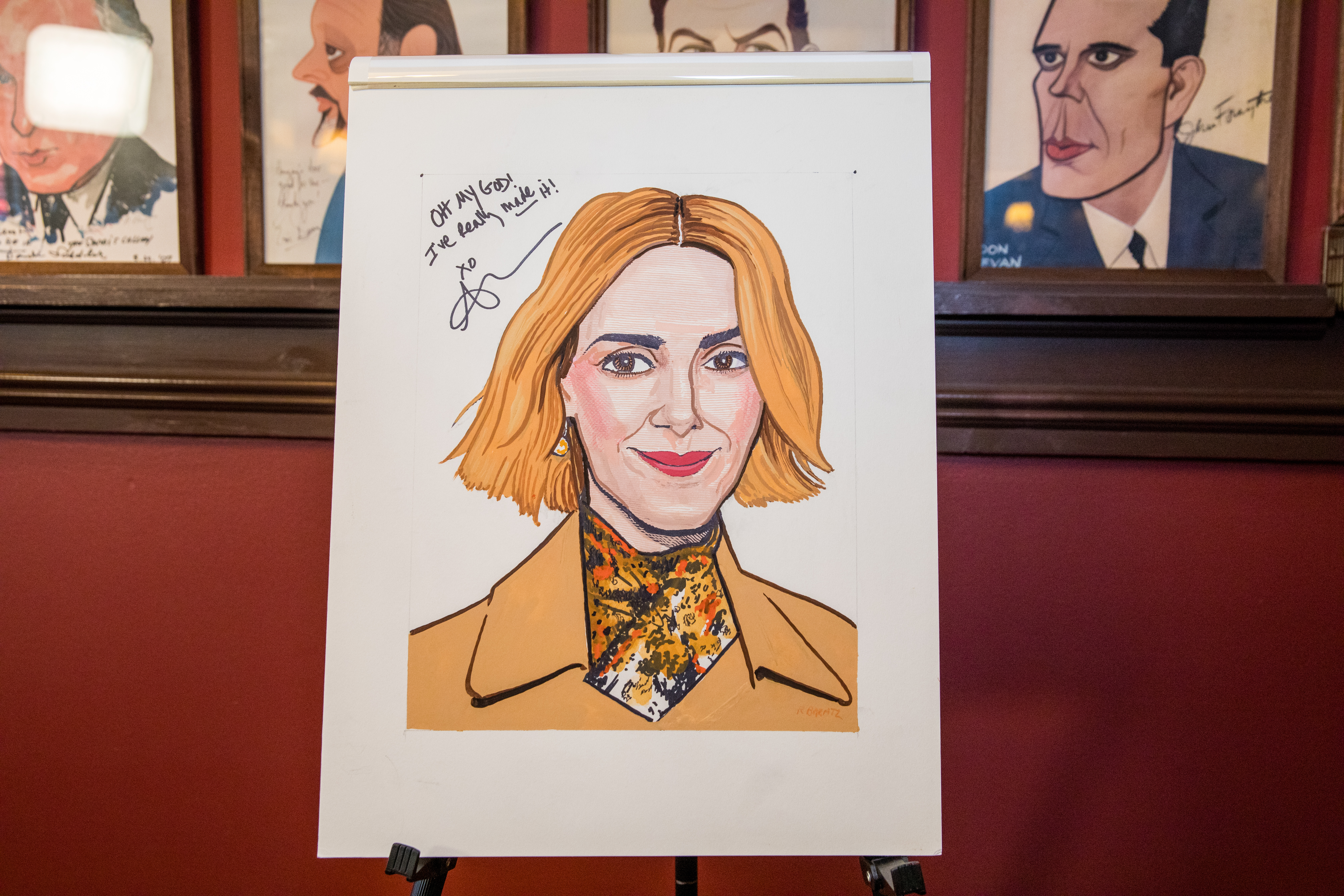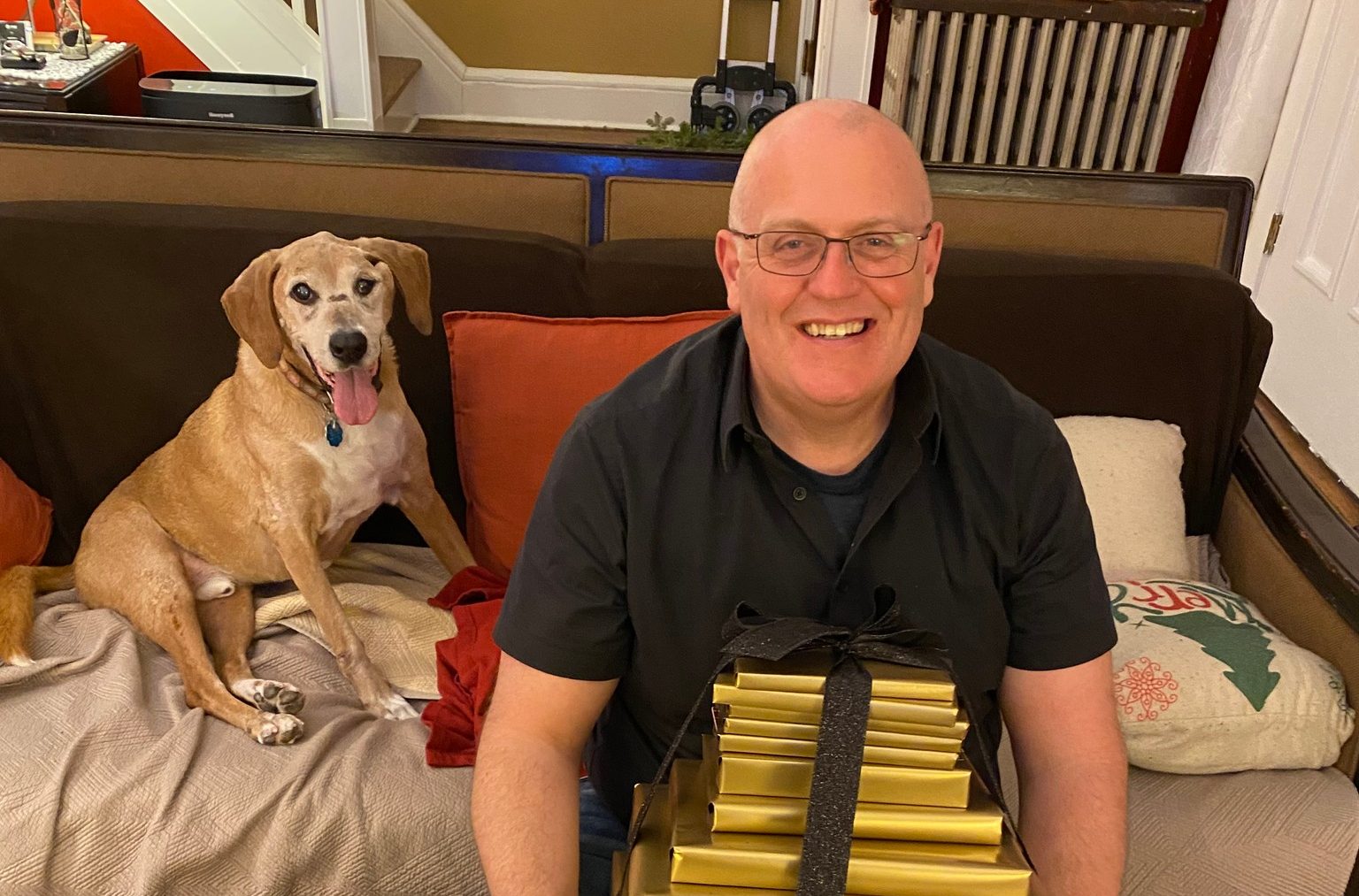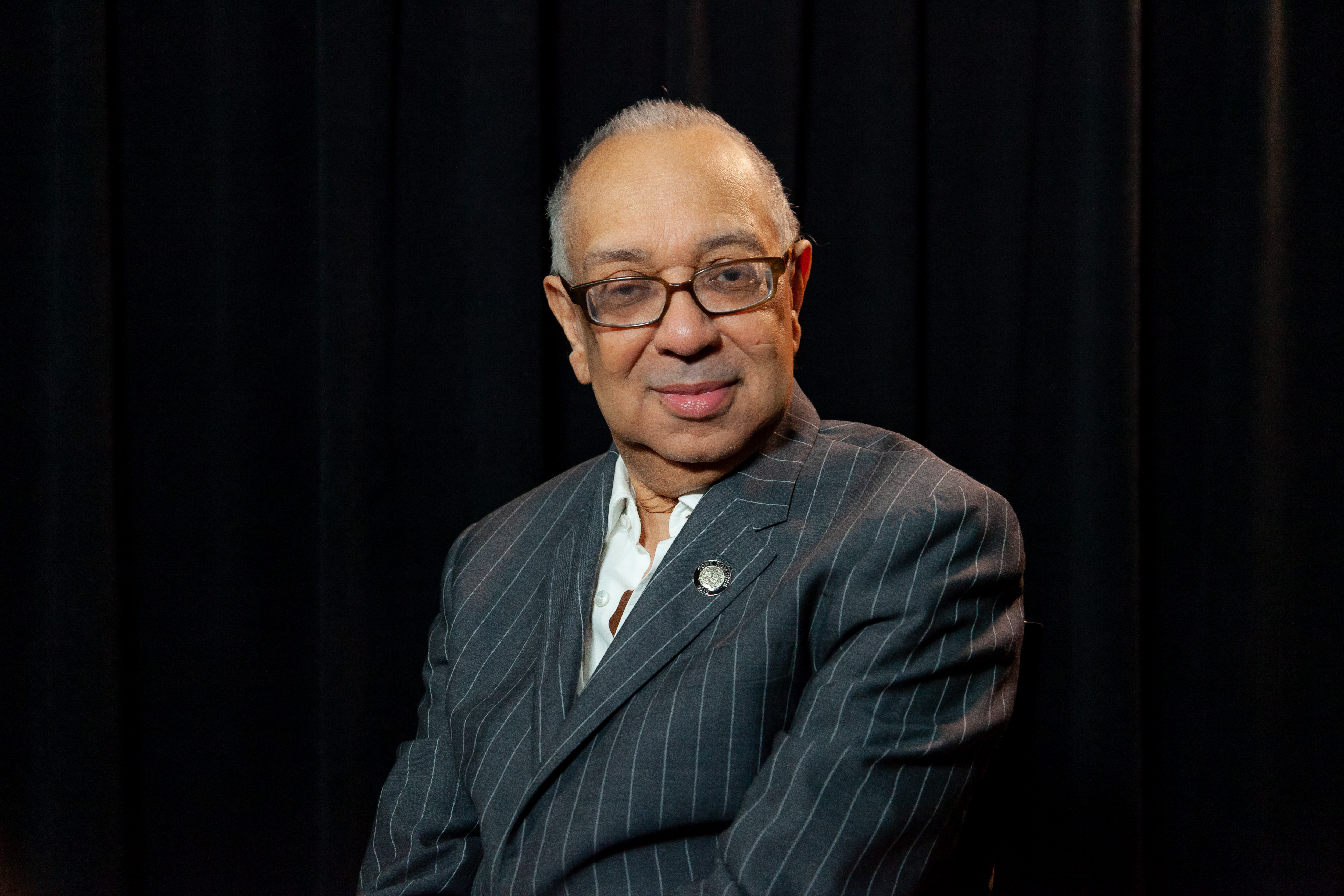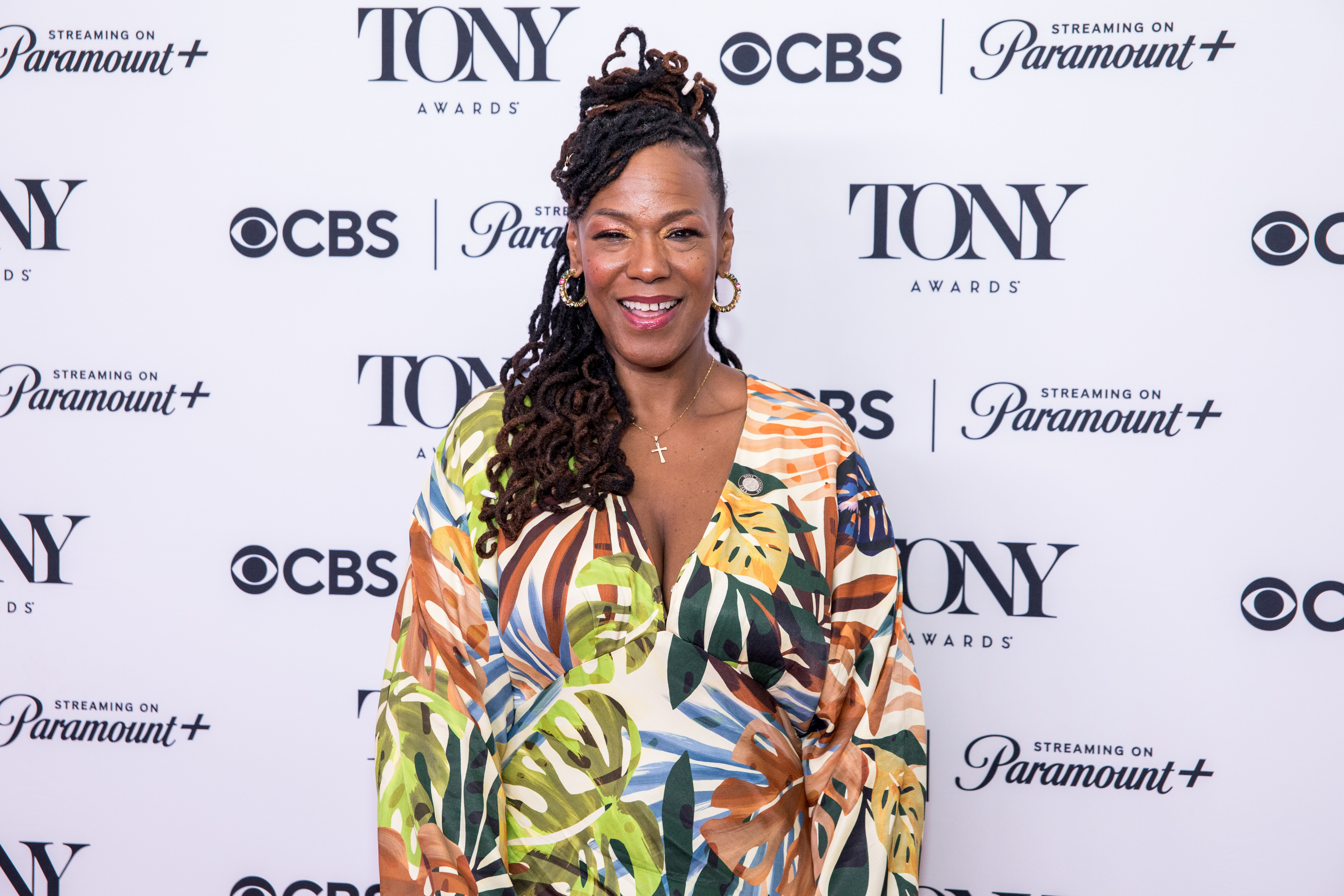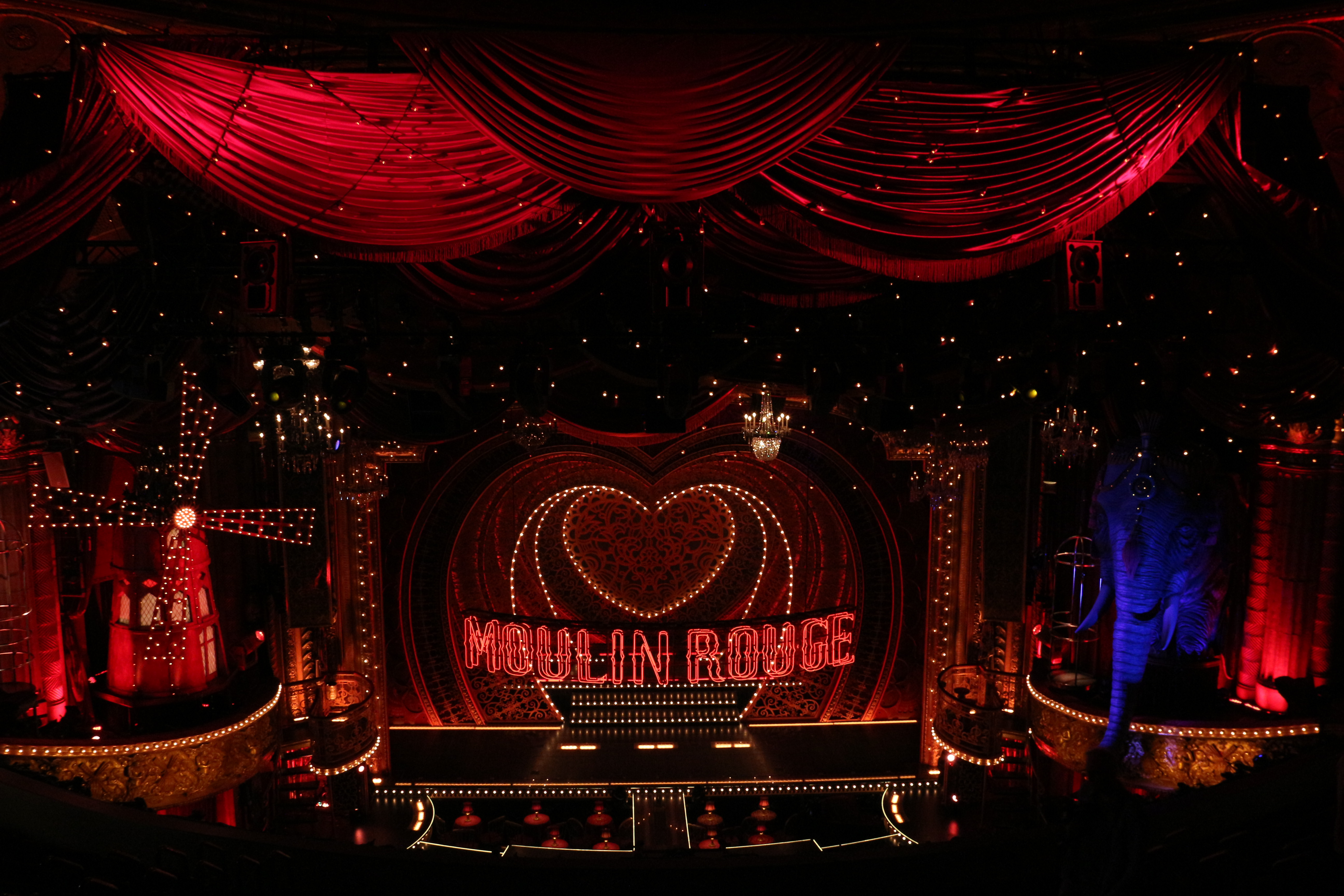My Fair Lady Is Golden

(Photo from Broadway Musicals: The 101 Greatest
Shows of All Time, Black Dog & Leventhal)
Broadway lights are dimmed when a celebrated theater figure dies, so it seems only right they should be brightened immeasurably in honor of important births. Were this a time-tested tradition and not just an unrealized notion, it would certainly be observed this evening: My Fair Lady opened 50 years ago today, and there’s been no blockbuster show since to surpass it, let alone equal it.
When the Alan Jay Lerner-Frederick Loewe adaptation of George Bernard Shaw’s Pygmalion bowed — perhaps “court-curtsied” is a more appropriate word –on March 15, 1956, it had been seven years since South Pacific had set Broadway spinning like a top. Because musical comedy was still a mainstream interest back then, the showbiz world and the world at large had been waiting for something just as exhilarating as the Richard Rodgers-Oscar Hammerstein show. Producer Herman Levin delivered it with a musical based on a play that others had considered tuning up — Rodgers and Hammerstein supposedly among them — but very few thought could be properly made to sing.
As My Fair Lady made fools of the nay-sayers, it simultaneously made gapers of the musical-struck theater-goers. I well remember the sway it had, because I was one of those who sent away for tickets months in advance and eventually turned up to sit enraptured — front-row mezzanine in my case — as Rex Harrison, Julie Andrews, Stanley Holloway, Robert Coote and assorted others using upper- and lower-class English accents turned the stage into a magician’s showcase. Incidentally, the “Ascot Gavotte,” did not refer to the signature neck decorations worn by Moss Hart, who directed the show with suave assurance; it was the title of a production number that costumer Cecil Beaton turned into a black-and-white, supra-Edwardian fashion spread.
By the time I reached the wedding-cake-like Mark Hellinger theater six months into the run, I’d already committed to memory the original cast album (15 weeks at the top of the Billboard charts!) and was also practiced at lip-synching Vic Damone’s hit recording of “On the Street Where You Live.” Damone recorded the song because he was a Columbia Records artist at the time and got first dibs. You see, Columbia had fronted the production’s entire $360,000 capitalization, an investment that paid off many times over and started a rush by record companies to underwrite, or help underwrite, Broadway musicals. Their interest continued for years but waned when more money was lost than made on many shows and popular singers began to turn away from Broadway for recording material.
The backing of Broadway musicals by record companies wasn’t the only stampede that My Fair Lady started. In the monkey see, monkey do arena of show business, It was instantly assumed that audiences wanted more of the same type of show, so playwrights, lyricists, and composers got cracking. There soon materialized a spate of tuners set in England just after the turn of the 20th century; Baker Street and Noël Coward’s The Girl Who Came to Supper sauntered to the post, and they were only the most prominent entries in the new Ascot-crazed horse race.
Another MFL innovation was the musical comedy star who didn’t really sing. Since Rex Harrison, who spoke with beautifully rounded tones to music, fared so well in a show that won nine Tony Awards (10 if you count the special Tony that orchestrator Robert Russell Bennett snagged), it was no longer necessary for a leading man to have a leading man’s baritone or tenor. Acting and commanding presence counted for more. (Subsequently, for example, Robert Preston was able to do The Music Man.)
While altering for some time the way in which musicals were capitalized and crafted, My Fair Lady accumulated lots of fascinating stories and anecdotes. The most familiar is the one about director Hart having to suspend all other activity one weekend in order to give 20-year-old leading lady Julie Andrews a crash course in how to shape the character of Eliza Doolittle for the stage. Reportedly, Harrison threatened to quit the show if Andrews didn’t shape up; but she did make the part her own, and went on to become a major movie star. Ironically, Harrison and Andrews both picked up Oscars in 1965; he won for the film version of My Fair Lady and she won for Mary Poppins, having been passed over for the film role of Eliza in favor of Audrey Hepburn.

(Photo from Broadway Musicals: The 101 Greatest
Shows of All Time, Black Dog & Leventhal)
“I think I was far too inexperienced at that time in my life to be able to tell if My Fair Lady had all the markings of a big success,” Andrews told TheaterMania when asked to reminisce about the experience. “Plus, for me, it was a time of learning and of putting my head down to be as prepared as possible for the huge opening night on Broadway. I have to say that, on that special and really remarkable evening, I felt much like a prizefighter about to go into the ring — and I think I was as ready as I could ever be. When ‘The Rain in Spain’ stopped the show and the audience roared its approval, there was a definite ‘something’ in the air! But I doubt that any of us could have predicted the enormity of the show’s success.”
It’s also definitely worth recounting the believe-it-or-not tale that MFL was barely changed from the time it played its first performances at the Shubert in New Haven to opening night on Broadway. Among other minor changes, Eliza’s pre-ball plea “Say a Prayer for Me Tonight” was dropped and ultimately inserted into the film Gigi by Lerner, who sure knew how to write a Cinderella story variation.
My Fair Lady played 2,717 Broadway performances — a record at the time, although it has been broken a number of times since. (The classic musical is currently listed as the Main Stem’s 17th longest-running.) On its 50th anniversary, just about everyone connected with the production has joined George Bernard Shaw on the other side of the mortal divide, including set designer Oliver Smith and choreographer Hanya Holm. Andrews, however, is still alive and kicking just about as high as she did in the unforgettable “Rain in Spain” interlude.
Some wags might argue that such a highly literate show would not be a big hit in 2006, but Andrews begs to differ. “I am very sure that if My Fair Lady were to appear on Broadway today as a brand new musical, the results would be exactly the same,” she says. “The show was so beautifully crafted, and every aspect of it satisfied. The book — based on Shaw’s Pygmalion — the music, the lyrics, the choreography, the exquisite sets and costumes, all came together in the best possible way and gave the show its tremendous integrity. Then to have three giants of Broadway at the helm, Moss Hart, Alan Jay Lerner, and Frederick Loewe — well, no one could have been more fortunate than Rex, Stanley and I. It was a memorable time in all our lives.”




